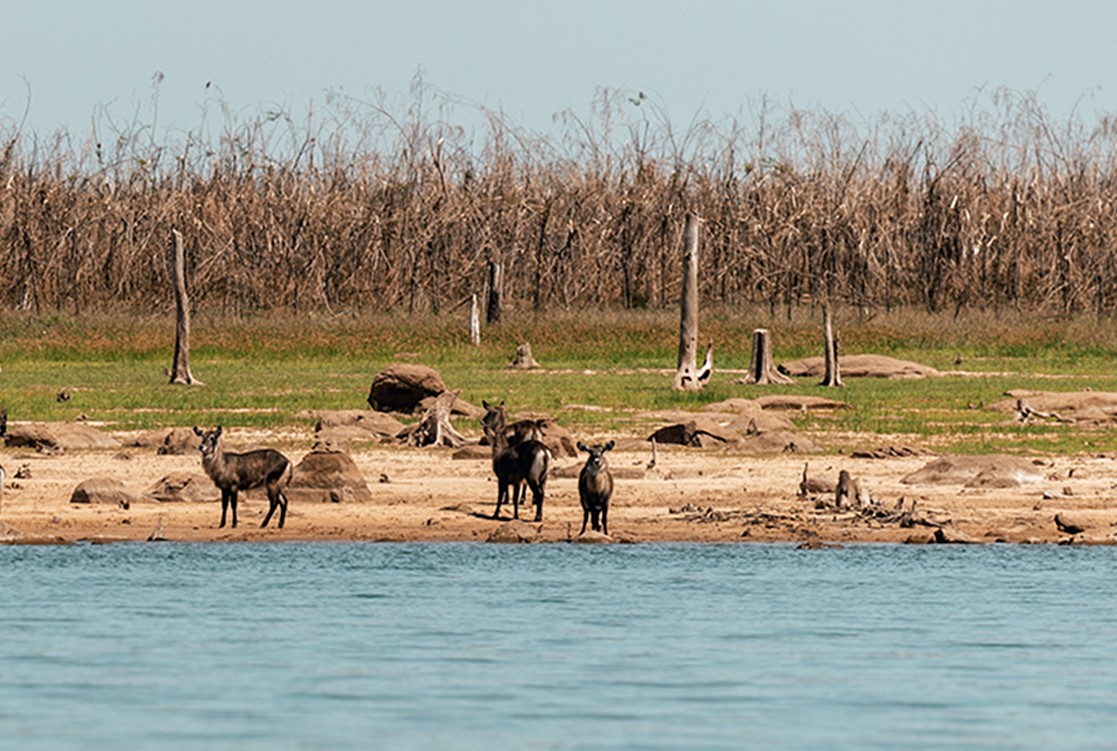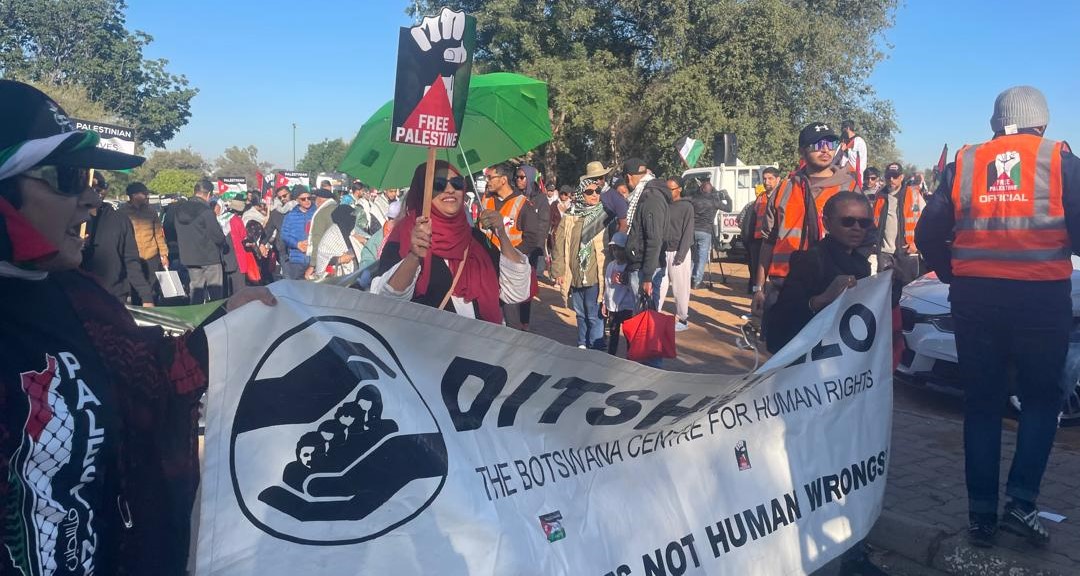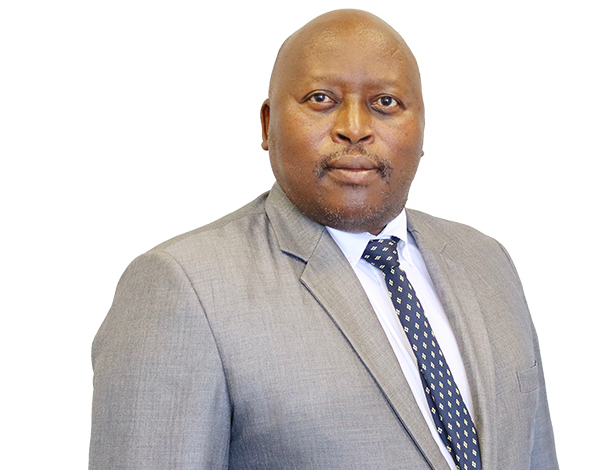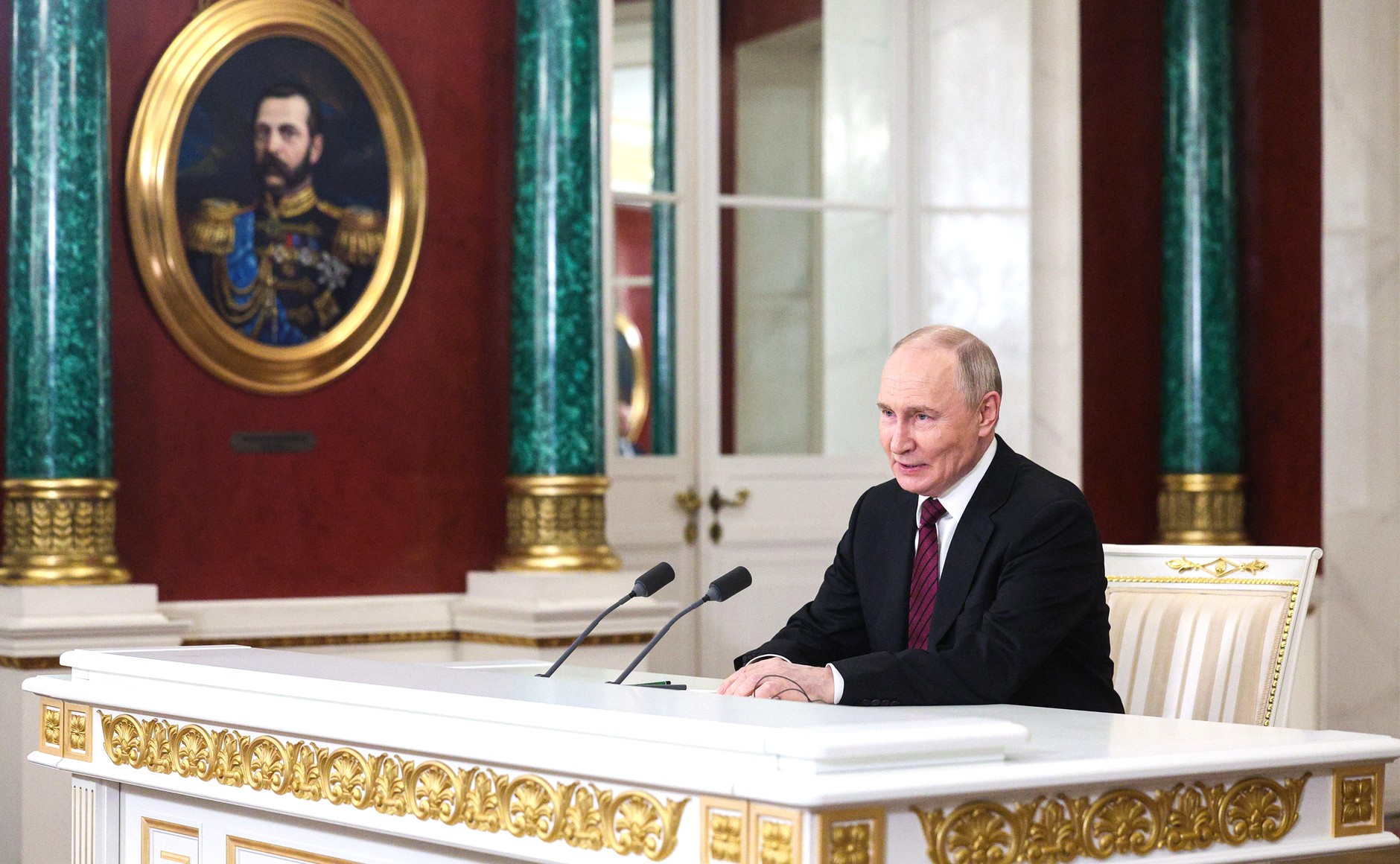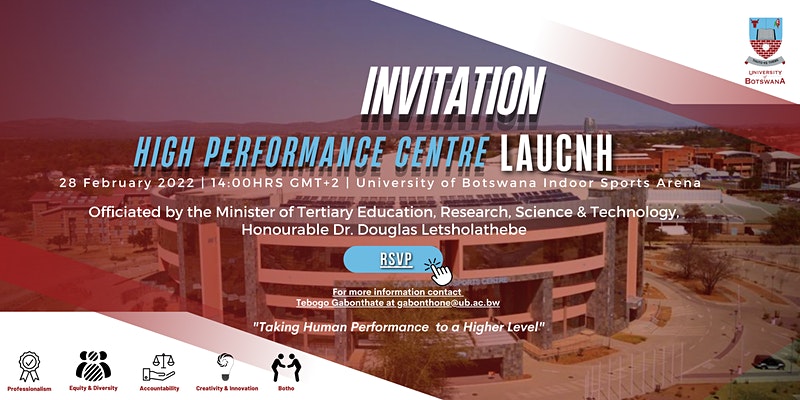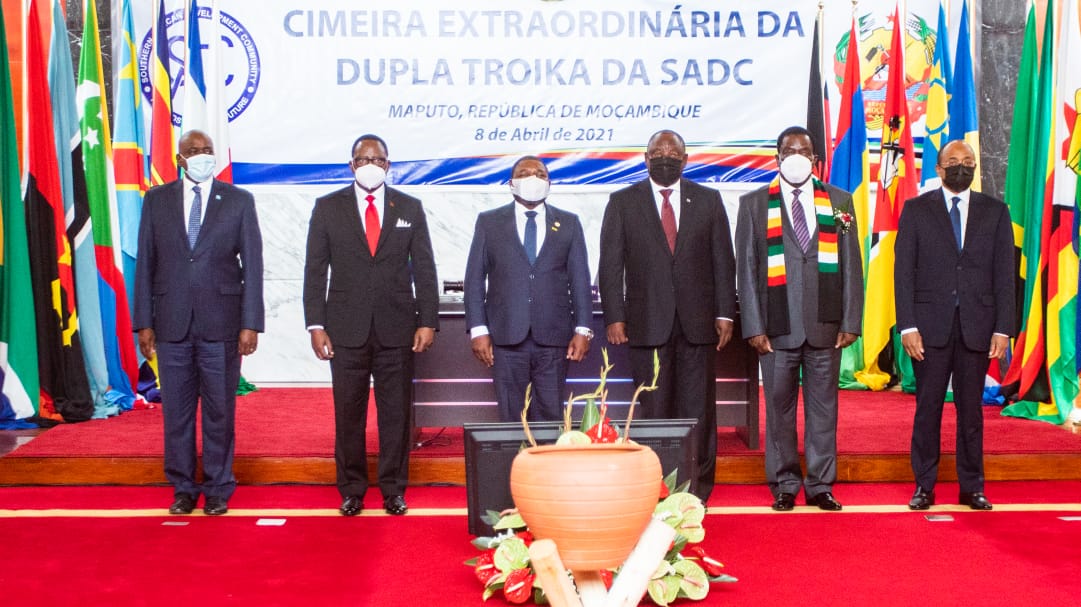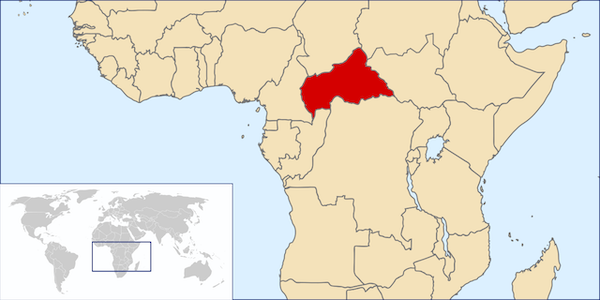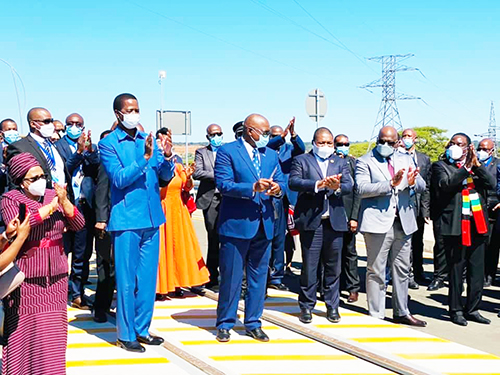
Presidents Emmerson Mnangagwa (Zimbabwe); Felix Tshisekedi (DRC) Felipe Nyusi (mozambique); Mokgweetsi Masisi (Botswana) and Edgar Lungu (Zambia) with SADC Executive Secretary, Lawrence Stergomena Tax
The US$259 million Kazungula Bridge over the Zambezi River and One Stop Border Post facilities connecting Botswana and Zambia were commissioned on 10th May 2021, paving the way for enhanced Southern African Development Community (SADC) integration and development.
The 929-long bridge and state-of-the-art facilities were officially commissioned by the President of the Republic of Botswana, His Excellency Eric Mokgweetsi Masisi, and the President of the Republic of Zambia, His Excellency Edgar Chagwa Lungu, at a colourful ceremony at the quadriphonic point across the Zambezi River where Botswana and Zambia meet Namibia and Zimbabwe.
The ceremony was witnessed by the Chairperson of the African Union and President of the Democratic Republic of Congo, H.E Felix Tshisekedi Tsilombo; the Chairperson of SADC, H.E President Filipe Jacinto Nyusi of the Republic of Mozambique; the President of Zimbabwe, H.E Emmerson Mnangagwa; Vice President of Namibia, Dr Nangolo Mbumba, the Executive Secretary of SADC, Her Excellency Dr Stergomena Lawrence Tax; and the Secretary General of the Common Market for Eastern and Southern Africa (COMESA), Her Excellency Chileshe Mpundu Kapwepwe among other dignitaries from the SADC Region.
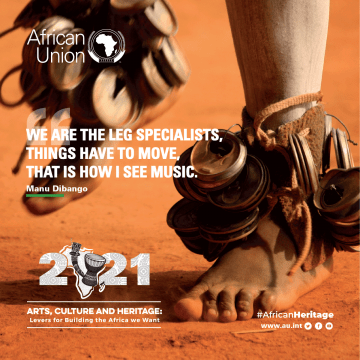
The Kazungula Bridge is expected to link the port of Durban in South Africa to the DRC and the United Republic of Tanzania through the North-South Corridor to facilitate seamless and efficient movement of goods and persons, and in doing so reduce cost of doing business, contribute to industrialisation, and enhance trade and SADC regional integration. It will replace the age-old pontoon ferry which was used to carry haulage trucks across the river. The commissioning of the bridge as well as the opening of the One Stop Border Post linking Botswana and Zambia is expected to link and smoothen the movement of people, goods and services not only between the two countries, but also within the entire SADC Region, subsequently to COMESA-EAC-SADC Tripartite Regions, and eventually African continent through the corridor approach that has been adopted by COMESA, the East African Community (EAC), SADC, and AU.
Speaking at the commissioning, H.E President Tshisekedi said the construction of the bridge by Botswana and Zambia subscribes to one of the AU’s fundamental initiatives of regional integration with the aim of having one African market.
“This gigantic piece of engineering is in line with the African Union’s strategic ideals of developing infrastructure in transportation that will help us realise the dream of economic integration,” said President Tshisekedi.
H.E President Nyusi said the project will not only benefit the two countries, but the entire SADC Region, further enhancing regional integration.
“The infrastructure is a materialisation of the SADC dream of removing boundaries and barriers between Member States, especially in tourism,” said President Nyusi, adding that the project is in line with the regional approach to development as espoused in the SADC development agenda. He further said the bridge offers a faster alternative route to Beitbridge and will help alleviate the congestion at one of Africa’s busiest borders. The improved border management due to the OSBP is expected to significantly reduce freight and passenger transit time.
H.E President Masisi said Botswana has always been of the view that Kazungula Bridge will open avenues for improved trade, job creation and economic diversification, and that it will significantly accelerate development.
“I believe that with the support of our regional body and its Member States, Kazungula Bridge will serve the purpose for which it was constructed. There is no doubt that the completion of this bridge has raised the expectations of our people. It goes without saying that goods from Lesotho, Eswatini, South Africa and Namibia as well as goods from Zambia, Democratic Republic of Congo, Tanzania, Angola, Kenya and all countries in the north of us will use the bridge in the true spirit of the African Continental Free Trade Agreement (AfCFTA),” said President Masisi.
He said by growing strategic partnerships through this project, SADC Member States had improved the development and competitiveness of their economies to attract more private sector investment, thereby supporting efforts to create employment, especially for the youth, adding that Kazungula Bridge will provide business opportunities particularly facilitated through Information Communication Technology by the young people throughout Southern Africa and beyond.
H.E President Lungu reiterated that in addition to national and bilateral significance, the facility would promote regional and continental integration as it would facilitate increased intra-African trade. The transit traffic through Kazungula border, he said, will greatly improve due to reduced border transit time as well as improved trade facilitation measures and border management operations as a result of the One Stop Border Post. This will lower the cost of doing business, and in turn, result in an increase in trade and competitiveness, job creation, tourism, and other positive ripple effects and lead to the development of local communities. The development would give impetus to the implementation of the SADC-EAC-COMESA Tripartite Free Trade Area (TFTA) and the AfCFTA.
“This facility is a critical milestone in the development of the North-South Corridor as it will also facilitate access to international markets through linkages to major seaports,” President Lungu said.
He expressed gratitude to the AU and SADC for their support and inclusion of the project in the SADC Regional Infrastructure Development Masterplan (RIDMP) and the Programme for Infrastructure Development in Africa (PIDA). President Lungu said he was confident that the Kazungula Bridge project would contribute positively towards the achievement of a prosperous Africa as aspired for in the African Union Agenda 2063.
H.E Dr Tax said Kazungula Bridge and the OSBP is a SADC flagship project under the SADC RIDMP, and that it will facilitate physical transport and logistical linkages between, and among Member States, movement of persons, goods and services in the SADC Region, thus contributing to the Region’s desire to industrialize, create wealth and jobs for SADC citizens. “The traditional two stop border posts have been upgraded to a one stop border, whereby border transactions have been re-engineered, re-modelled and recalibrated, to improve regional connectivity and efficiency of transit traffic, and in doing so, to enhance competitiveness, reduce transaction costs, increase SADC intra-trade, and contribute to SADC regional integration and development, said Dr Tax.
The specific expected outcomes include reduced border transit time; improved procedures on trade facilitation; improved border management operations; increased traffic throughput; and reduced time-based transport and trade cost. H.E Dr Tax said together with the economic benefits, the Kazungula project is a state-of-the-art and complex project that replaces old technology, which was prone to disasters and accidents, with modern infrastructure and facilities.
“Indeed, this iconic bridge and the OSBP symbolize our unity of purpose, as we move ‘Towards a Common Future’, as per motto of SADC. The Kazungula Bridge Project is a regional infrastructure project worth emulating. While the feasibility and design studies were coordinated by the SADC Secretariat, detailed designs and construction were jointly led and coordinated by the Governments of Botswana and Zambia, and funded by the two Governments, supported by the African Development Bank and the Japan International Cooperation Agency (JICA).
“I am confident that SADC Member States will take forward this noble practice of working together for a common goal, and expedite the construction of the other regional gateways, including Beitbridge and Kasumbalesa. Addressing the remaining hotspots will unleash the great potential that the North South Corridor has as a catalyst for spatial development and facilitating industrialisation and regional trade and commerce,” Dr Tax said.
(C) SADC Secretariat
